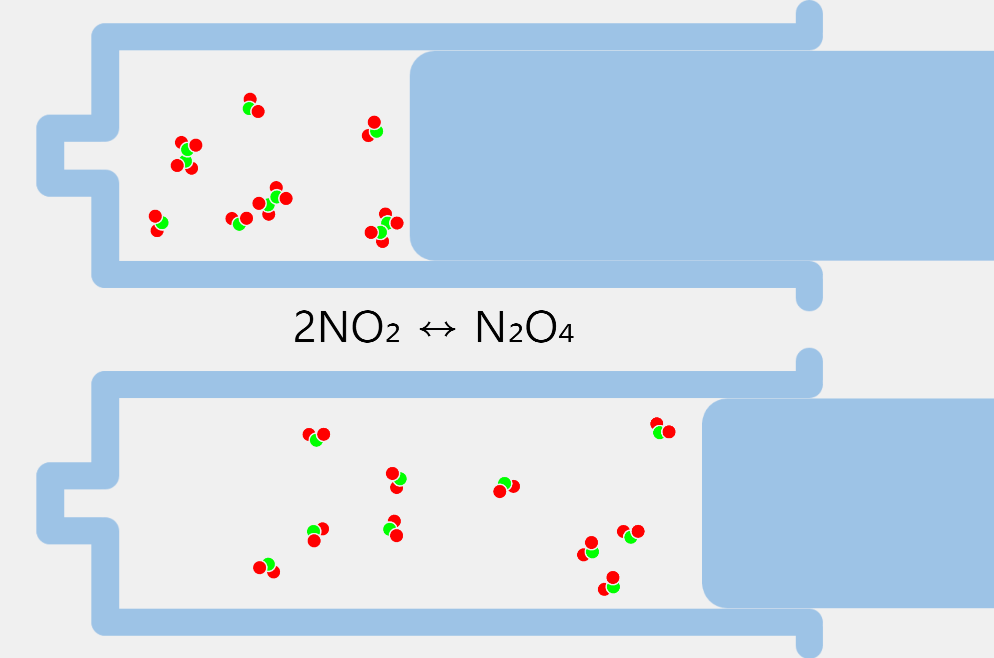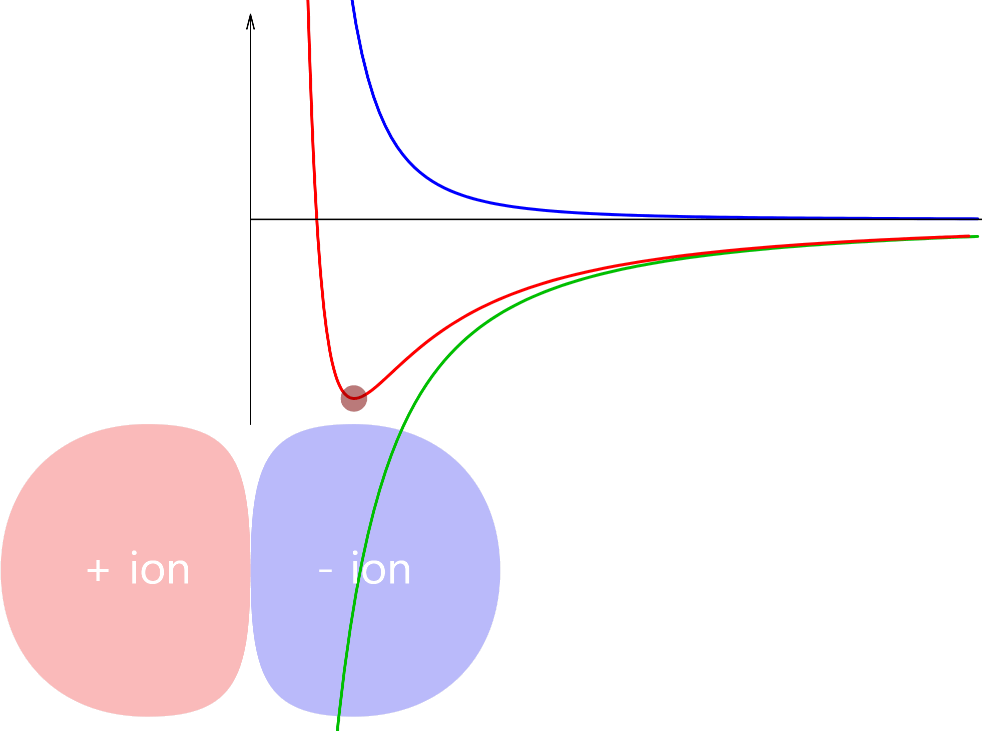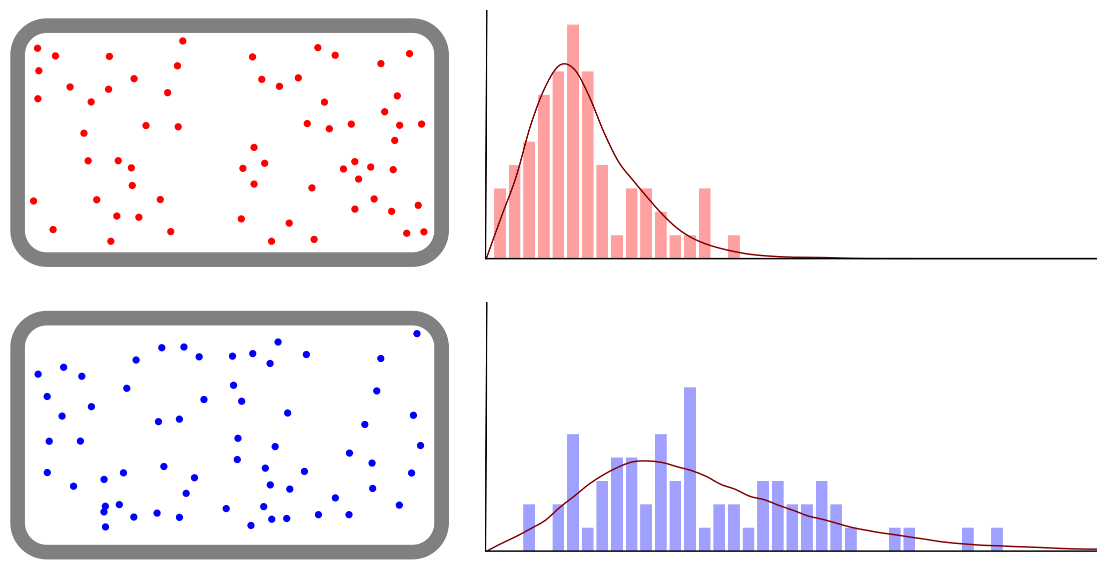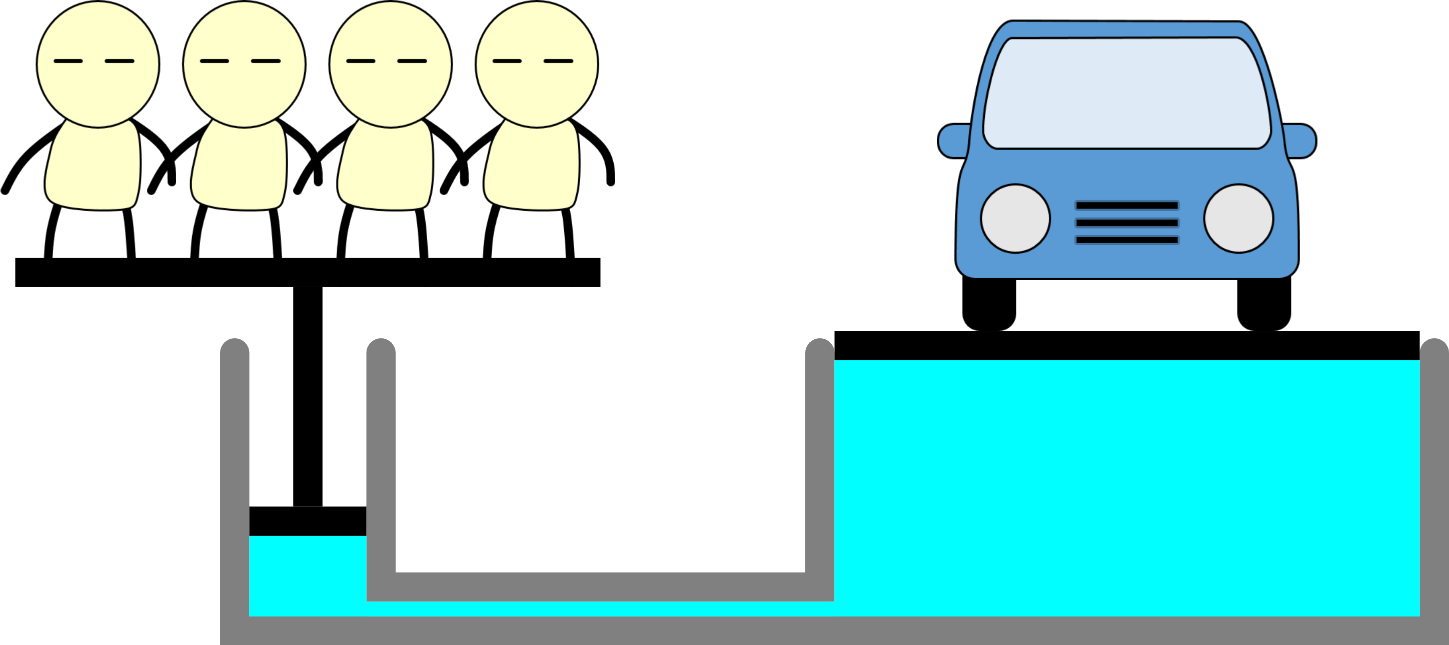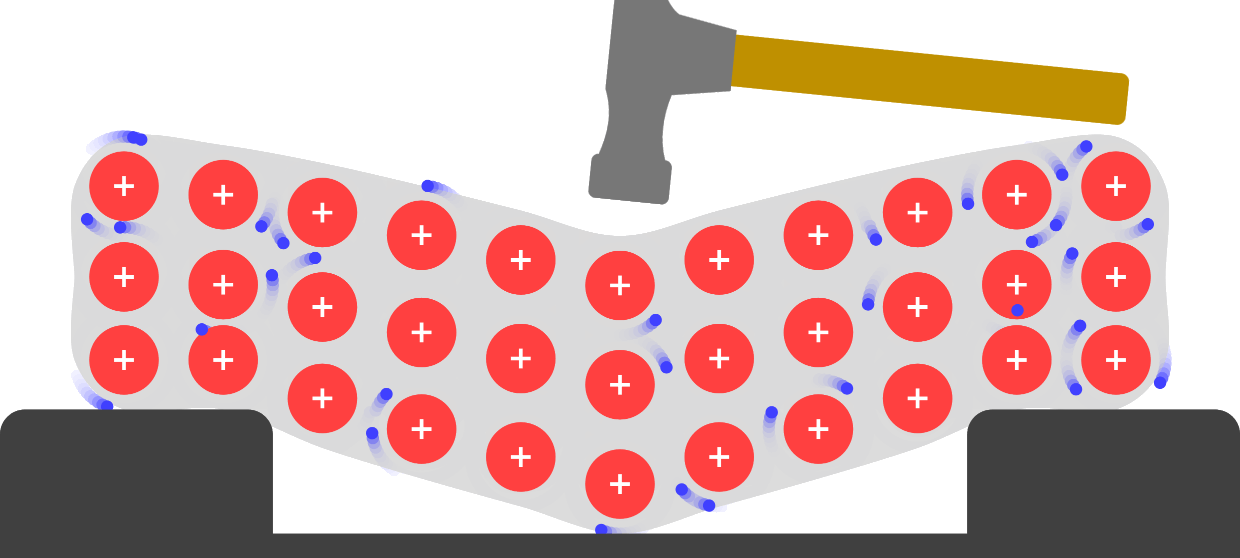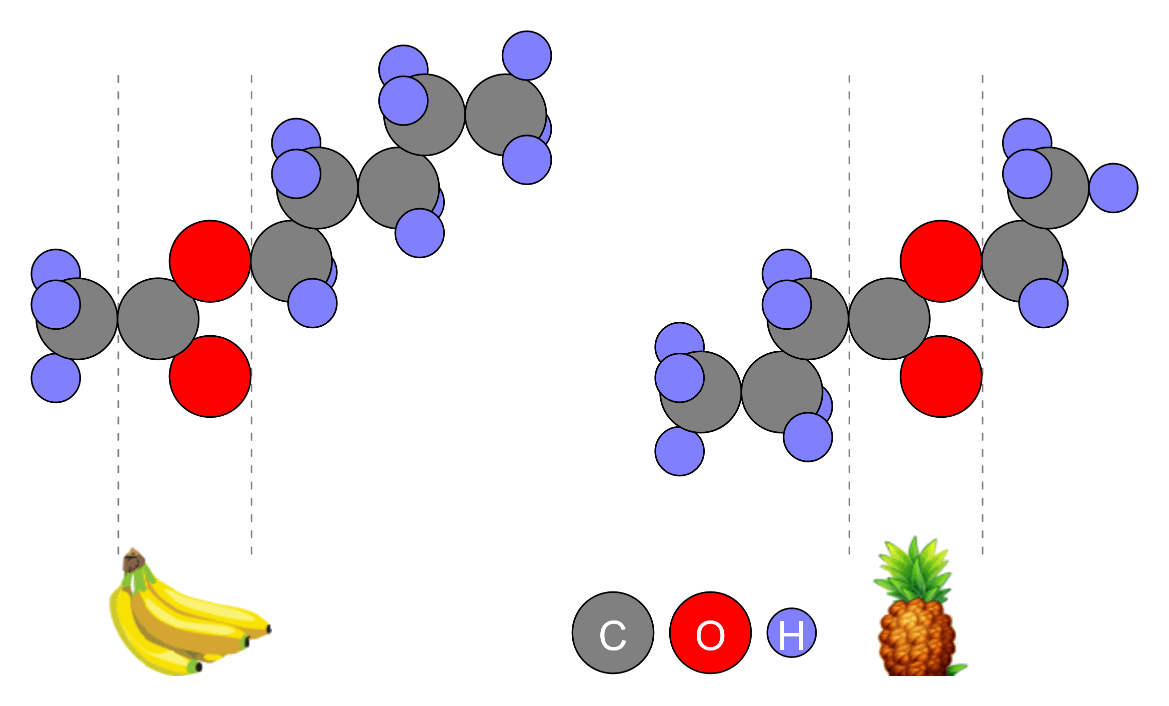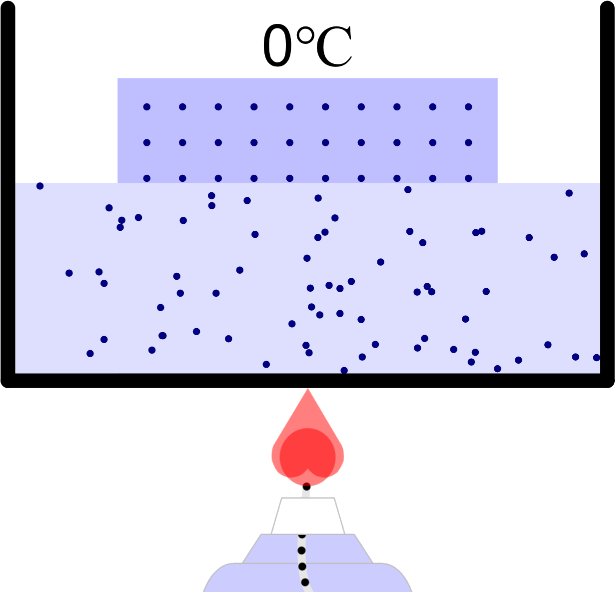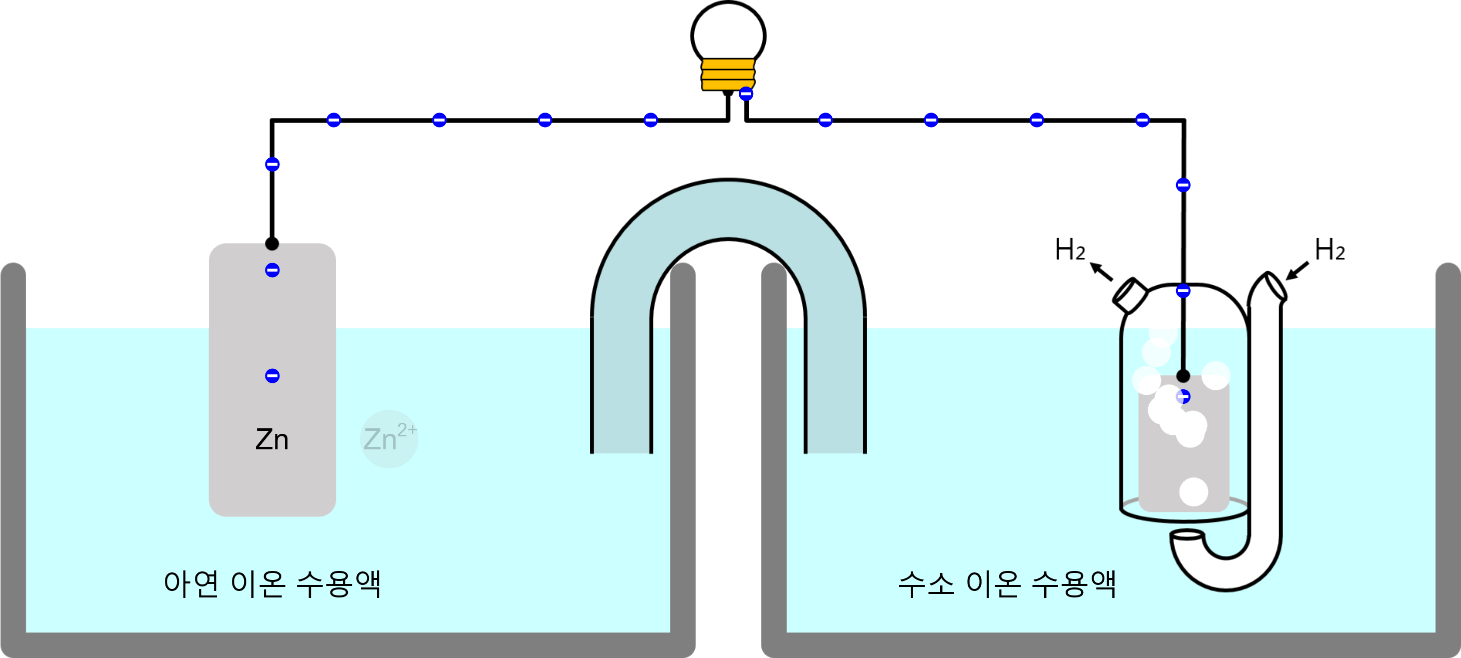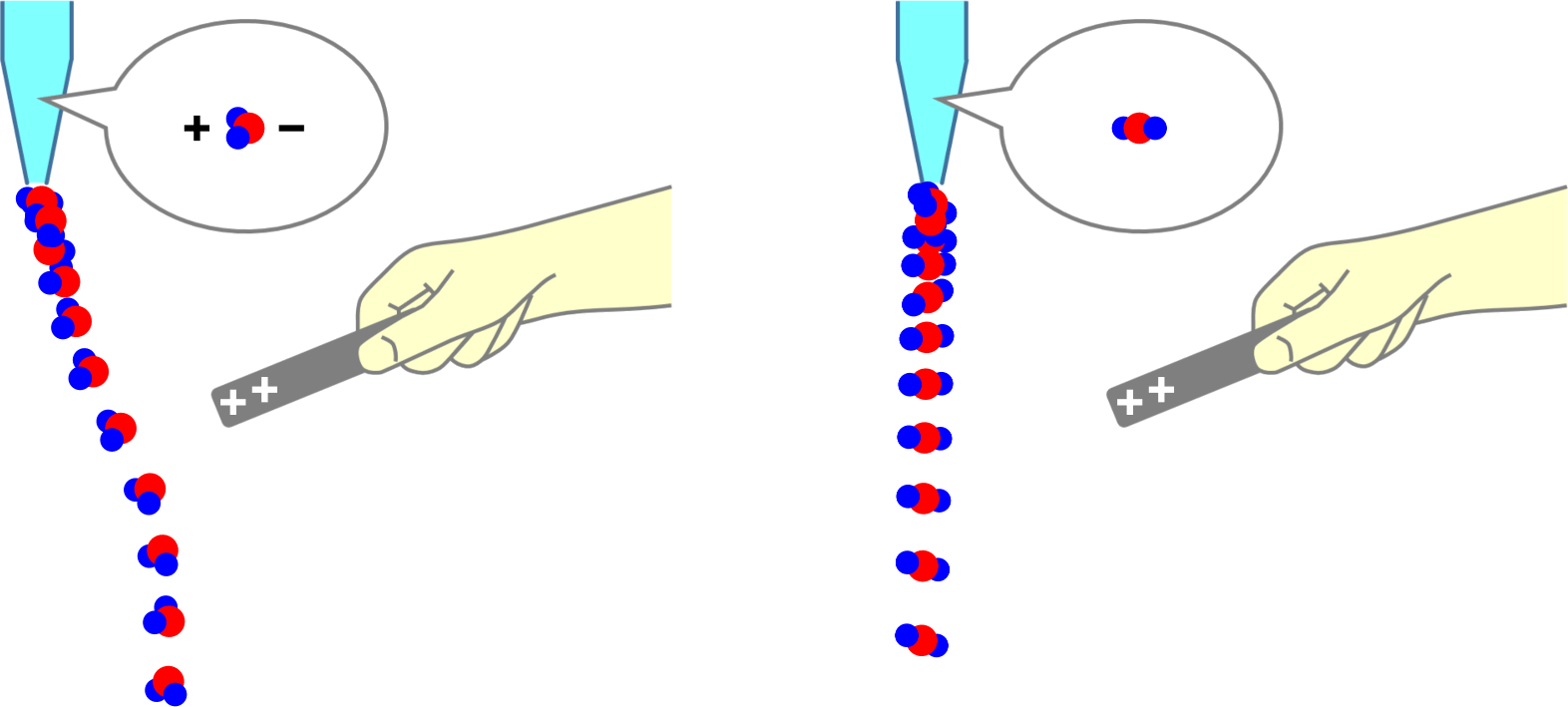Chemical Reactions in Gas Phase – Water(Steam) Synthesis
Chemical Reactions in Gas Phase Hydrogen gas and oxygen gas react to produce water vapor. The hydrogen gas and the oxygen gas react at a volume ratio of 2: 1 to generate 2 volumes of water … more

